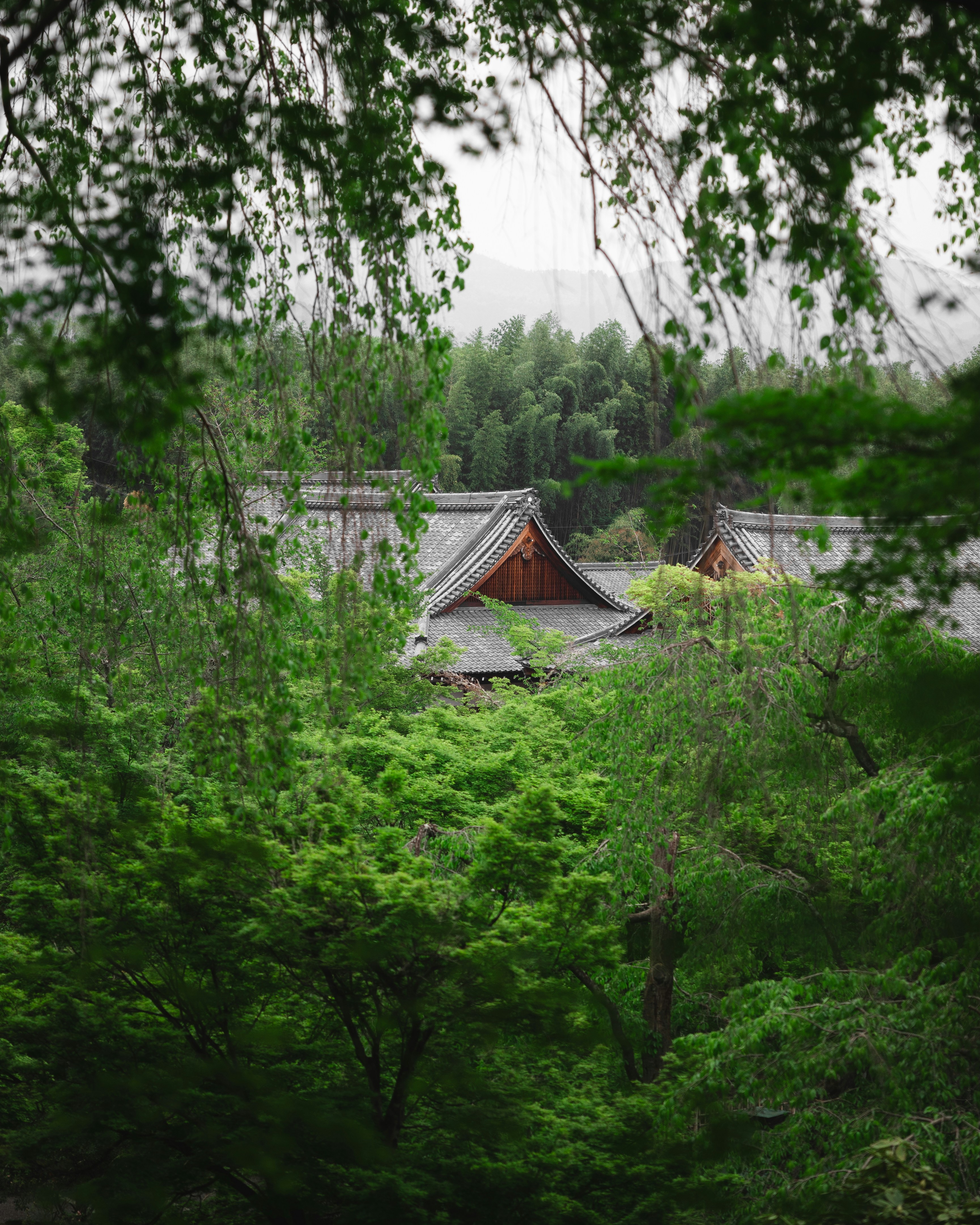.svg)
DIY vs. Contractor in Japan: When to Get Your Hands Dirty
.svg)
.svg)
.svg)

What’s it like to live in a 100-year-old Japanese house? Discover the beauty, challenges, and how Old Houses Japan helps you find—and restore—your dream kominka.


There’s nothing quite like stepping into a home with a century of history in its walls. The soft creak of aged wood underfoot. Sunlight filtering through washi paper. The scent of tatami and timber. Living in a 100-year-old Japanese house—often referred to as a kominka—is less about amenities and more about atmosphere.
But romantic charm aside, what's it actually like?
Here’s the honest truth about what to expect when you move into a 100-year-old Japanese house—along with the joys, quirks, and real challenges that come with embracing the past.

While there’s no hard cutoff, “kominka” generally refers to pre-war traditional homes, often built with:
They were designed for natural ventilation, seasonal living, and lifelong use—but not necessarily for modern convenience.
1. Character in Every Corner
No two kominka are alike. Hand-cut beams, warped wood, aged plaster, and uneven floors all tell a story. You don’t just live in these homes—you inherit them.
2. Natural Comfort
Kominka breathe. In summer, they stay cool thanks to airflow under the floor and through wooden walls. In winter, you gather around the stove, not the thermostat.
3. Connection to the Past
These homes are rooted in their environment and community. Many come with family histories, shrines, or embedded traditions passed down through generations.
4. Spacious Layouts
Unlike city apartments, old rural homes often include multiple rooms, attached kura (storehouses), and large gardens.
5. Quiet Beauty
There’s something deeply grounding about waking up to rice field mist or hearing rain on a tiled roof from your futon.
1. Insulation? What Insulation?
Most old Japanese homes are freezing in winter and humid in summer—especially before renovation. Prepare for:
2. Bugs and Critters
These homes are part of the ecosystem. You’ll likely encounter:
3. Maintenance is a Way of Life
Expect:
But also? Satisfying DIY projects and endless opportunities to make it your own.
4. Modern Upgrades Are Possible—But Tricky
Adding internet, plumbing, insulation, or solar can be done—but may require custom solutions, especially in rural areas.
5. Earthquake Retrofitting Is a Consideration
Some kominka need reinforcement for safety. Others have survived multiple quakes untouched. Inspection is key.
Yes—but it depends on:
Tip: Keep the bones, update the systems. A hybrid approach balances beauty and livability.
If you want to live in a 100-year-old home:
We don’t just help you buy the house—we help you understand and respect it.
We support kominka buyers by:
Whether you’re a history lover, creative soul, or just looking for a different pace of life, we’re here to help you make a beautiful old house your own.
Living in a 100-year-old Japanese home isn’t for everyone—but for those who feel drawn to slow living, traditional design, and meaningful space, it’s a deeply rewarding choice.
These homes have weathered a century of change—and now, they’re waiting for someone new to continue the story.
Let Old Houses Japan help you write your chapter.
Start your journey with Luxey today! Sign up for free and get instant access to the best property listings.



